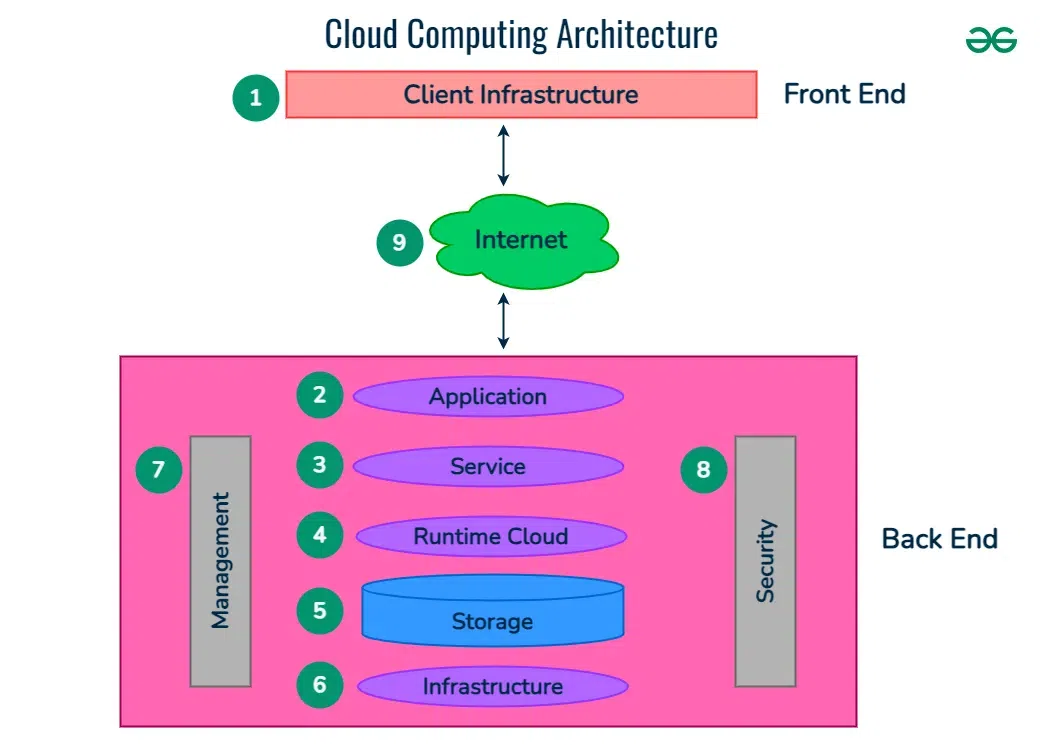Universal Cloud Service: Versatile and Scalable Solutions for each Market
Achieve Seamless Scalability With Cloud Solutions
In the ever-evolving landscape of cloud services, attaining smooth scalability stands as a foundation for contemporary organizations seeking to stay competitive and versatile. The capacity to effortlessly expand or acquire resources in reaction to changing needs is a pivotal advantage in today's busy electronic atmosphere. By grasping the art of scalable cloud options, companies can not only maximize efficiency and enhance operations but likewise lead the way for future development and innovation. The pursuit for seamless scalability with cloud solutions introduces a globe of possibilities for those happy to accept the transformative power of dynamic source monitoring.
Advantages of Cloud Scalability
Cloud scalability provides companies the flexibility to dynamically readjust resources based on demand, making sure optimal efficiency and expense efficiency. Additionally, cloud scalability promotes advancement and experimentation by enabling services to conveniently examine new ideas and scale them as needed. Ultimately, the advantages of cloud scalability expand beyond expense financial savings to encompass enhanced performance, agility, and development.
Trick Features for Scaling
Effective scaling in cloud services counts on key attributes that enable organizations to change resources dynamically based on need. One important attribute for scaling is flexibility, enabling sources to scale up or down in feedback to fluctuating workloads. This ensures that organizations can satisfy efficiency demands without over-provisioning sources. Another vital attribute is scalability, allowing systems to manage enhanced work by adding sources seamlessly. This attribute is vital for suiting growth without endangering performance. Additionally, automation plays a vital function in scaling by automating the provisioning and de-provisioning of sources based on predefined plans. Automation lowers human treatment, improves performance, and makes certain quick response to transforming demands. Surveillance and analytics tools are additionally crucial for scaling, providing understandings right into resource application, performance metrics, and possible bottlenecks. These devices make it possible for organizations to optimize and make informed choices resource allocation for effective scaling. Overall, these essential attributes jointly equip companies to attain smooth scalability in cloud solutions.
Applying Auto-Scaling Strategies
To properly enhance resource allocation and adapt to differing work, companies need to tactically carry out auto-scaling approaches in their cloud solutions infrastructure. Auto-scaling allows systems to instantly adjust the number of compute sources based on real-time demand. There are various auto-scaling approaches that companies can utilize, such as predictive scaling, which uses historic data to forecast future source demands, and responsive scaling, which replies to current work adjustments.

Best Practices for Scalability
For companies aiming to improve their scalability in cloud solutions, applying best techniques is crucial for optimum efficiency and source monitoring. One secret best technique is creating applications with a microservices design. This approach breaks down applications right into smaller sized, independent solutions that can be released, upgraded, and scaled individually, permitting for better adaptability and scalability.
Another crucial technique is utilizing containerization innovation, such as Docker or Kubernetes. Containers enable the product packaging of applications and their reliances into separated units, making it less complicated to scale parts separately and release them continually across various atmospheres.
Additionally, implementing automated implementation and infrastructure as code (IaC) can simplify scalability initiatives (linkdaddy cloud services). Automation devices like Terraform or Ansible assistance in provisioning and handling sources efficiently, lowering manual mistakes and making it possible for rapid scalability
Furthermore, monitoring performance metrics, establishing up informs, and performing normal capacity planning are vital methods to make sure positive scalability monitoring. Resources By adhering to these best techniques, organizations can attain seamless scalability in their cloud solutions while enhancing efficiency and source utilization.
Tracking Efficiency Metrics
When examining the performance of cloud services scalability, carefully keeping an eye on efficiency metrics is crucial for making certain ideal performance and source allotment. By continually tracking crucial efficiency indicators (KPIs) such as response times, latency, resource, and throughput utilization, organizations can gain valuable insights right into the wellness and performance of their cloud infrastructure. Keeping an eye on performance metrics permits the very early discovery of prospective traffic jams or concerns that can impact scalability, enabling aggressive steps to be taken to resolve them prior to they intensify.

Final Thought
Finally, achieving smooth scalability with cloud services is vital for organizations to optimize efficiency, boost innovation, and maintain high visit homepage performance levels during peak times. By leveraging the benefits of cloud scalability, implementing auto-scaling methods, utilizing vital attributes such as flexibility and automation, and following finest techniques like application style and efficiency tracking, businesses can successfully scale their systems while taking full advantage of source usage and efficiency.
The pursuit for smooth scalability with cloud services unveils a globe of opportunities for those prepared to accept the transformative power of vibrant source management.
Cloud scalability provides organizations the versatility to dynamically adjust sources based on demand, ensuring optimal performance and price efficiency. Another vital feature is scalability, making it possible for systems to handle boosted work by adding resources seamlessly.For Get More Info organizations intending to improve their scalability in cloud services, carrying out finest methods is critical for ideal performance and resource management.When assessing the performance of cloud services scalability, very closely keeping track of performance metrics is necessary for making sure ideal capability and resource allocation.